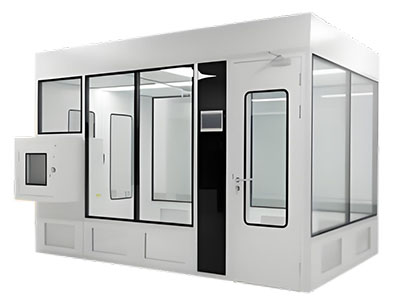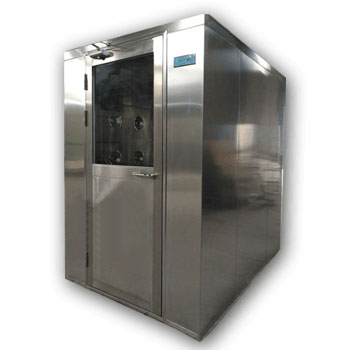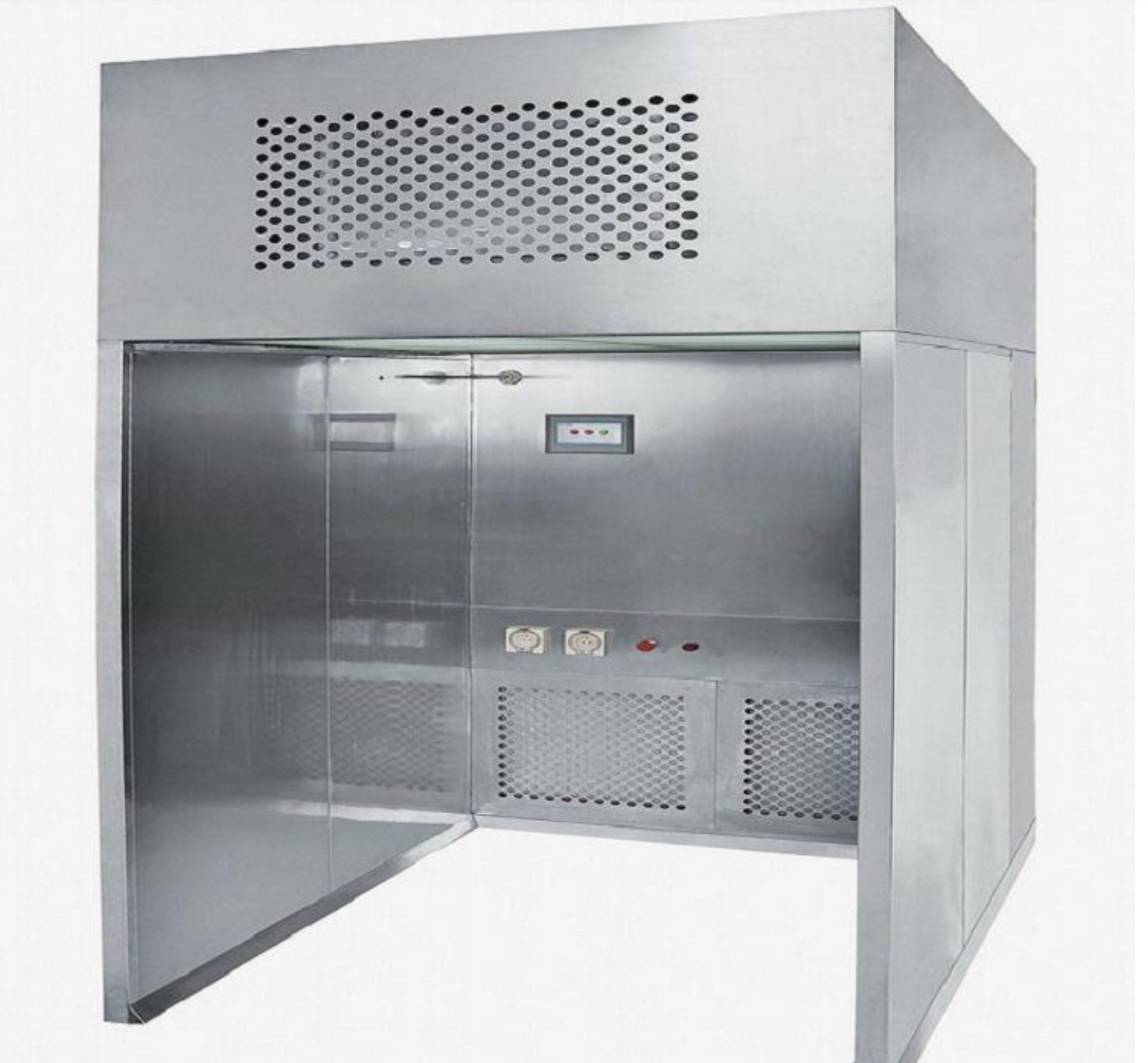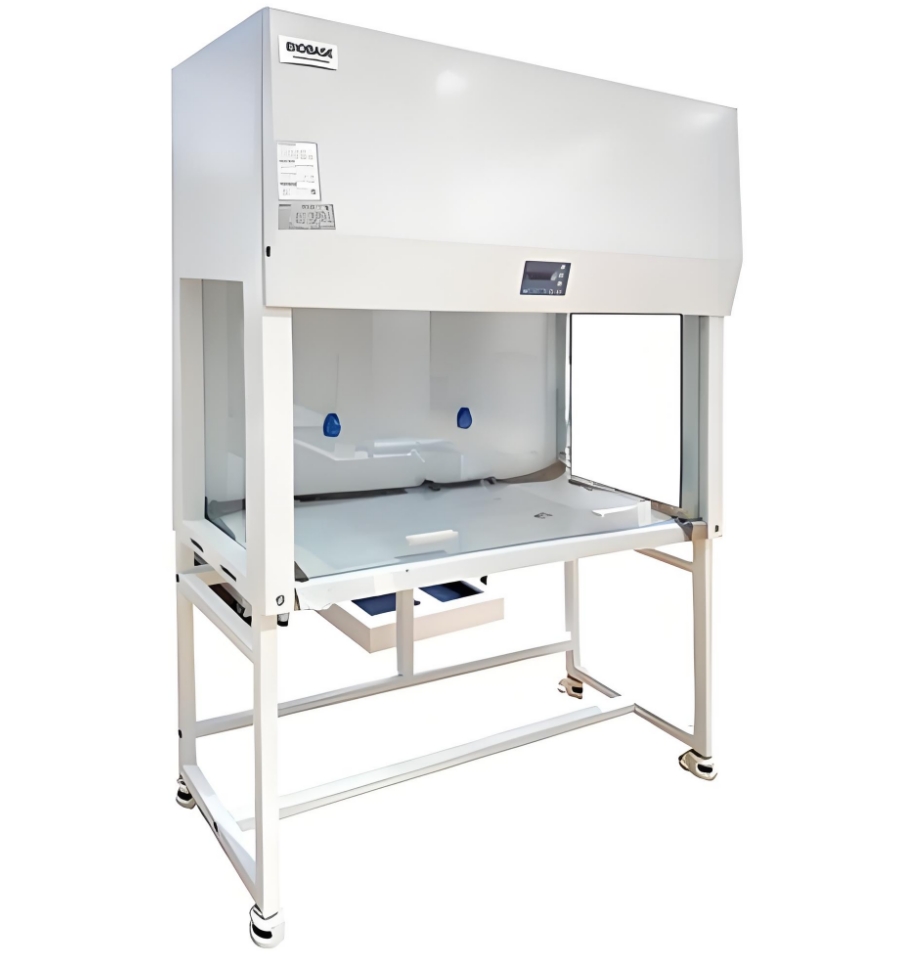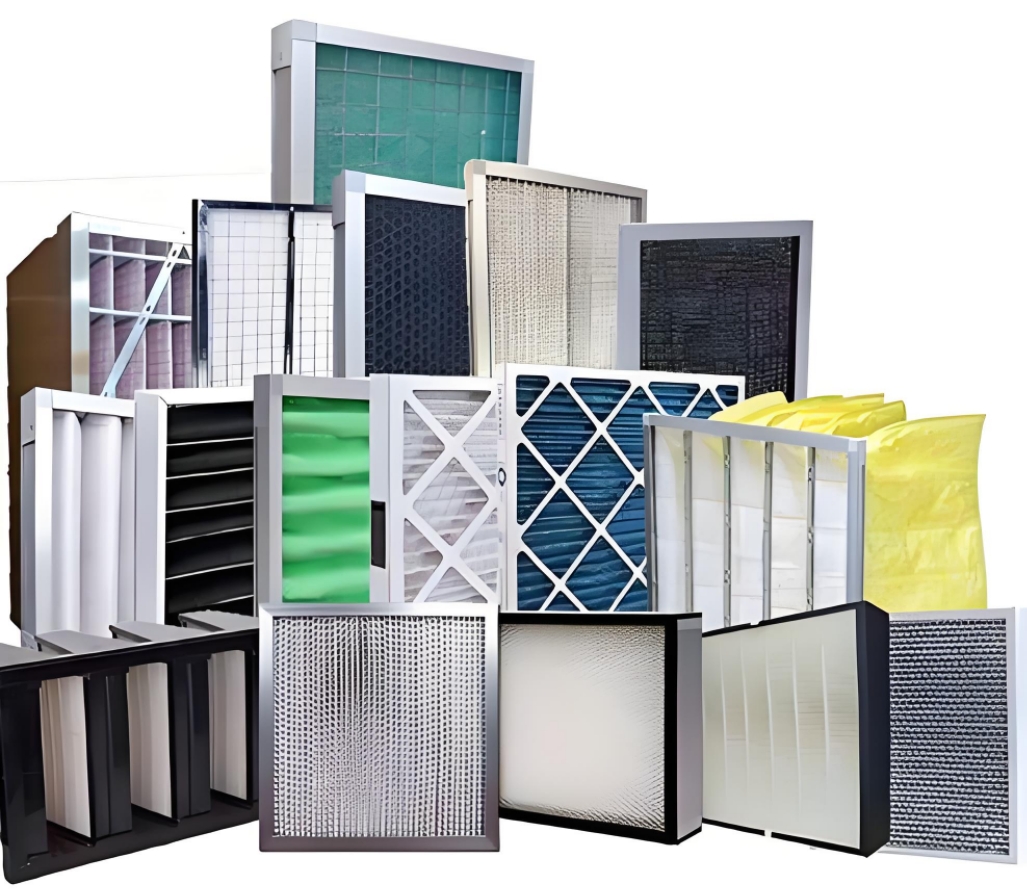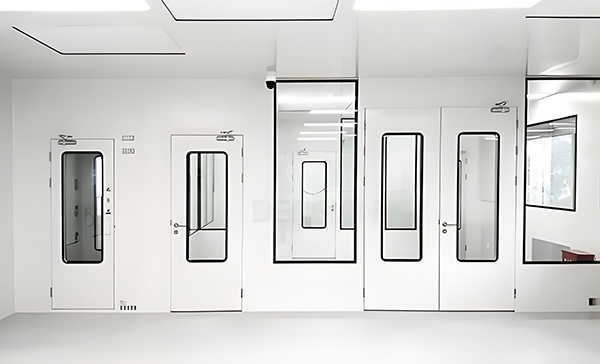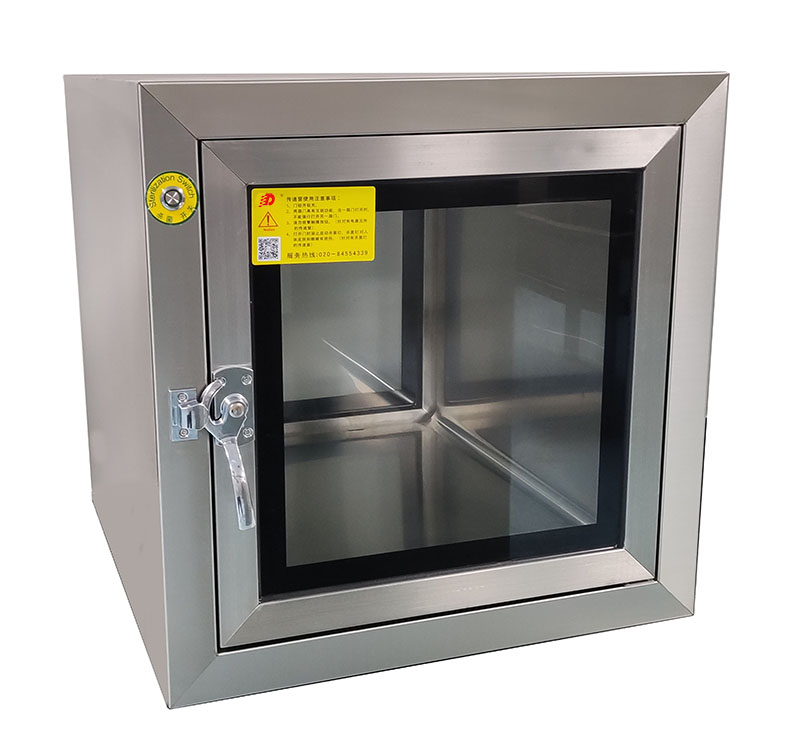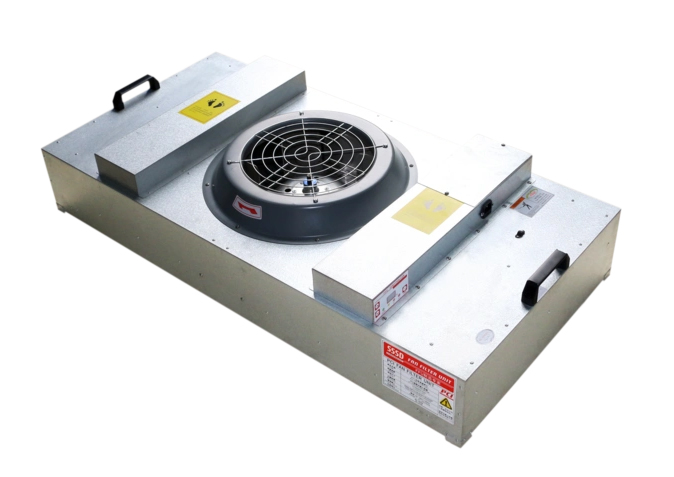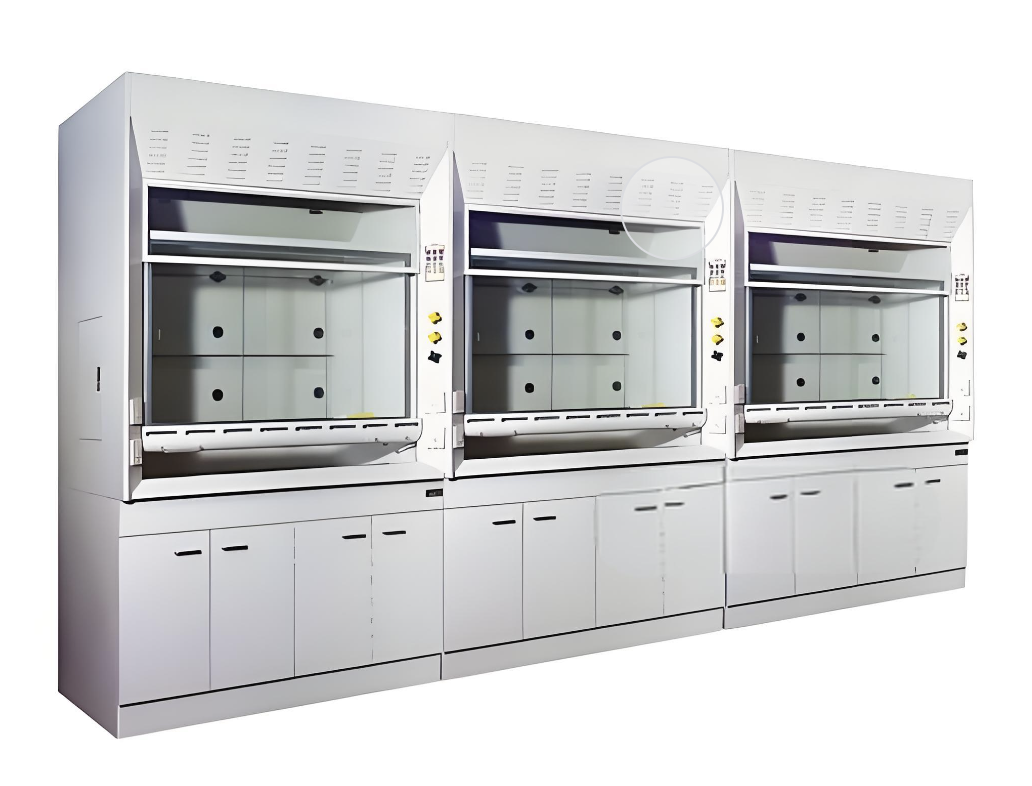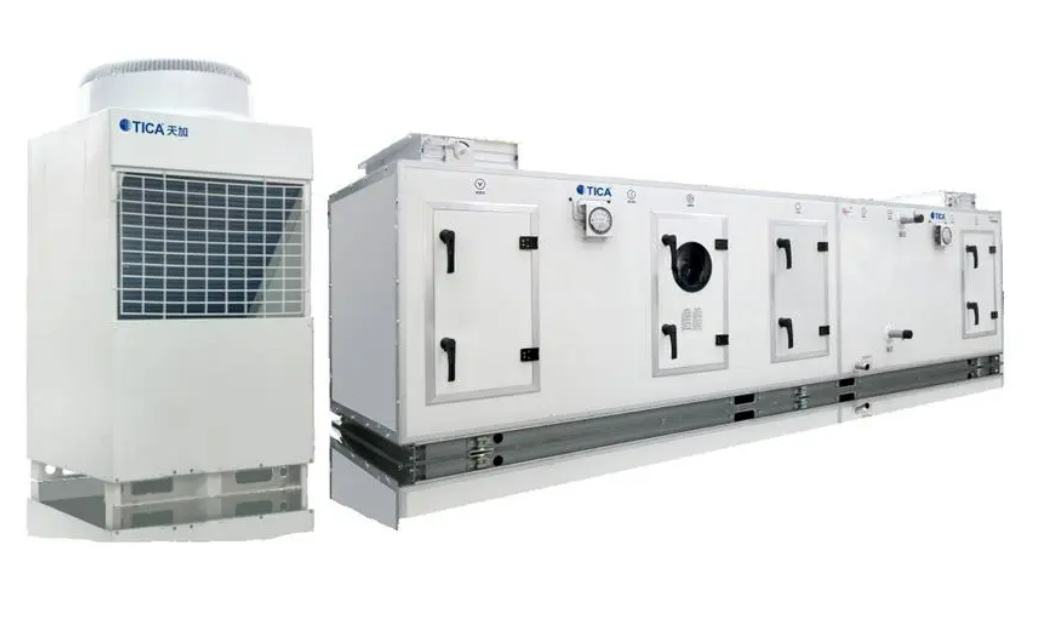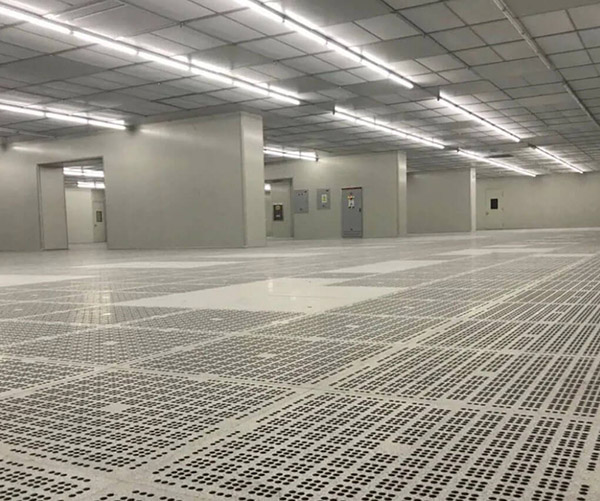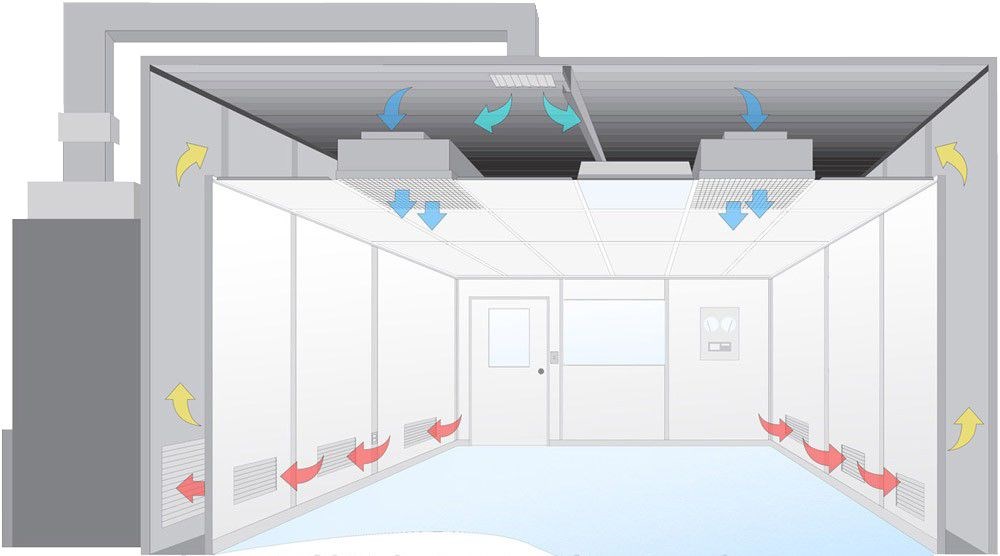Maintaining the precise conditions within cleanrooms is critical for the success and safety of products in industries such as pharmaceuticals, Electronics, and biotechnology. One of the key aspects of this control is humidity. Ensuring that humidity stays within specific ranges prevents product degradation, static electricity, and other complications. Let's explore why humidity testing is crucial and how it integrates into cleanroom management.
Control Importance
Controlling humidity in cleanrooms is essential to prevent numerous potential issues. High humidity can lead to microbial growth, which compromises the sterility of the environment—for instance, in pharmaceutical manufacturing, excess moisture can promote mold growth on drug formulations, rendering them ineffective.
Low humidity, on the other hand, can cause static discharge, affecting sensitive electronic components—static electricity as low as 20 volts can damage microchips, making precise humidity control vital in Semiconductor facilities. Industries such as pharmaceuticals require strict humidity control to maintain product integrity.
Deiiang™, with expertise from product designer Deiiang Jason.peng, focuses on achieving optimal humidity levels to uphold the standards set by ISO 14644 and other relevant regulations, ensuring compliance with global cleanliness benchmarks.
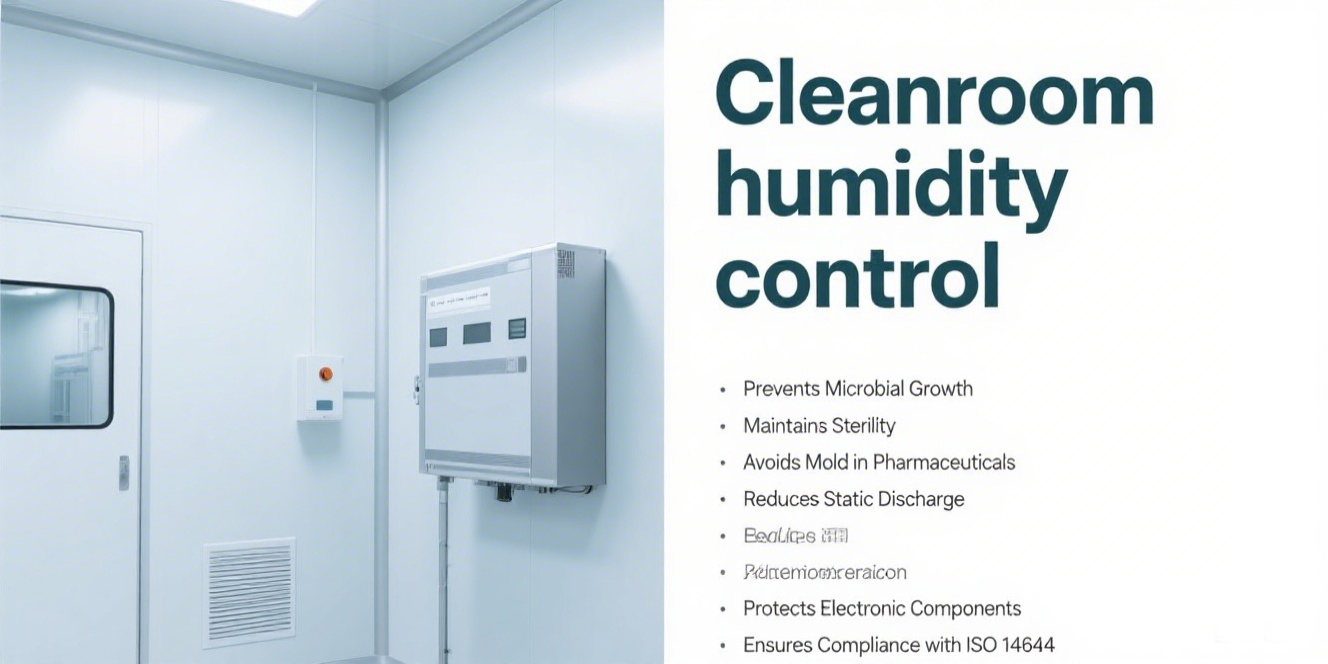
Humidity Control Methods and Equipment
Humidity control in cleanrooms involves a sophisticated combination of technology and techniques. Dehumidifiers and humidifiers are the workhorses of humidity adjustment—desiccant dehumidifiers, for example, use silica gel or molecular sieves to absorb moisture, while ultrasonic humidifiers generate fine water droplets to increase humidity.
Advanced HVAC systems integrate these devices with precision, using PID (Proportional-Integral-Derivative) control algorithms to maintain the desired environmental conditions within ±2% RH accuracy. Companies often deploy sensors withmonitoring">RTMcapabilities and automated systems that adjust operations in real-time.
These control methods, backed by innovative designs from Deiiang™, feature redundant systems to prevent failures, ensuring consistent performance even during equipment maintenance and maintaining adherence to industry standards.
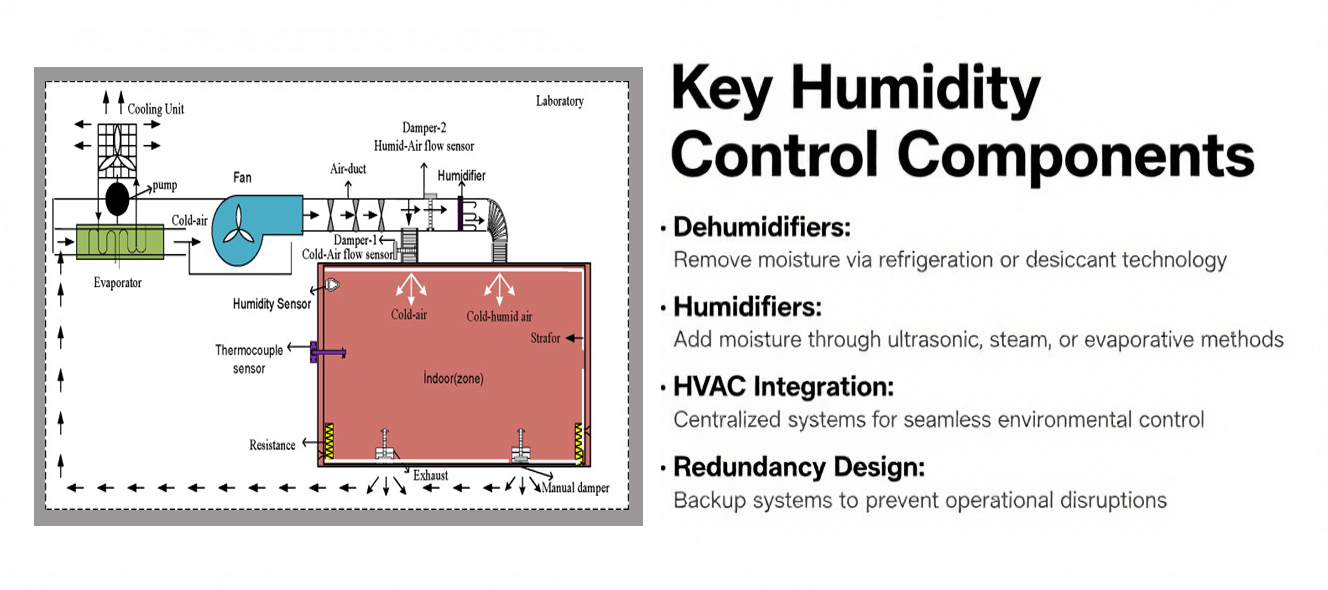
Key Humidity Control Components
Dehumidifiers: Remove moisture via refrigeration or desiccant technology
Humidifiers: Add moisture through ultrasonic, steam, or evaporative methods
HVAC Integration: Centralized systems for seamless environmental control
Redundancy Design: Backup systems to prevent operational disruptions
Industry Standards
Different industries have varying humidity requirements that align with their respective processes, tailored to material sensitivity and operational needs.For example, semiconductor manufacturing typically prefers humidity levels below 50% to prevent condensation on wafers and static-induced particle adhesion. Pharmaceuticals might require closely monitored ranges to safeguard sensitive materials—hygroscopic drugs, for instance, can absorb moisture at high RH, altering their chemical composition. The following table summarizes industry-standard humidity levels, reflecting the precision needed for different applications:
| Industry | Humidity Range (%) | Key Considerations |
|---|---|---|
| Pharmaceuticals | 40-60 | Prevent microbial growth and drug degradation |
| Electronics | 30-50 | Avoid static discharge and condensation |
| Biotechnology | 45-55 | Maintain stability of biological materials |
| Aerospace | 30-60 | Ensure precision in manufacturing and testing |
*Ranges may vary based on specific processes and regional climate considerations
Measurement Tools
Humidity measurement in cleanrooms is conducted using specialized instruments designed for precision and reliability in controlled environments. The basic tools include:
1Hygrometers
Traditional devices using hair tension, capacitance, or resistive sensors for humidity measurement.
2Humidity Sensors
Modern capacitive or resistive sensors with digital outputs for accurate and real-time humidity data.
3Data Loggers
Devices that record humidity data over time for trend analysis and compliance documentation.
4Environmental Monitors
Integrated systems combining temperature, humidity, and particle count sensors for comprehensive monitoring.
These devices, often incorporated into broader Environmental monitoring systems designed by Deiiang™, feature advanced signal conditioning to minimize noise and ensure accurate readings. Wireless data transmission capabilities allow real-time monitoring from remote locations, enhancing operational efficiency.
Challenges in Measurement
Humidity measurement in cleanrooms presents several technical challenges that require careful management. Maintaining accuracy over time is critical, as instruments can drift due to environmental factors or component wear—for example, capacitive humidity sensors may experience hysteresis after repeated moisture cycles, leading to reading errors.Environmental factors such as temperature fluctuations can also affect readings, as humidity is inherently linked to temperature (e.g., a 1°C change in temperature can shift Relative humidity by ~2%). Deiiang™ addresses these challenges through:
- Calibration Protocols: Regular traceable calibration against NIST-certified standards to ensure measurement accuracy.
- Temperature Compensation: Advanced algorithms to correct humidity readings for temperature variations, maintaining precision across environmental changes.
- Drift Monitoring: Statistical process control (SPC) to detect gradual instrument degradation and schedule proactive maintenance.
- Redundancy Testing: Multiple sensors in critical areas for cross-validation, ensuring reliability and minimizing false readings.
These measures ensure measurement precision, minimizing errors and optimizing performance to align with international compliance standards like GMP (Good Manufacturing Practice) and ISO 14644.
Integration with Testing Procedures
Integrating humidity testing with cleanroom procedures is vital for comprehensive environmental management, forming a cornerstone of proactive quality control. Regular testing enables immediate response to deviations—for example, a sudden humidity spike can trigger an alert, allowing operators to investigate and correct the issue before product contamination or damage occurs. Deiiang Jason.peng emphasizes the synergy between continuous monitoring systems and manual checks, which together provide a holistic overview of environment stability. This integrated approach includes:
Automated Data Acquisition
24/7 monitoring with real-time trend analysis to identify patterns and potential issues before they escalate.
Manual Spot Checks
Periodic verification using portable instruments to validate automated systems and ensure consistent accuracy.
Alarm Systems
Customizable thresholds for immediate notification of deviations, enabling rapid response to potential issues.
Corrective Action Plans
Predefined protocols for rapid issue resolution, ensuring minimal disruption to operations and product quality.
By combining technology with human oversight, cleanroom operators can ensure prompt corrective actions when necessary, maintaining process control and product quality throughout the manufacturing lifecycle.
Conclusion
Humidity testing is a fundamental aspect of maintaining controlled environments within cleanrooms, which is crucial for ensuring product safety and quality across industries. The integration of advanced equipment, adherence to industry standards, and continuous testing form the basis of effective humidity control strategies. As industries grow more dependent on precise environmental conditions, the role of humidity control becomes increasingly important—particularly in emerging fields like nanotechnology and gene therapy, where microscale sensitivity demands unprecedented precision. With solutions designed by Deiiang™ and insight from experts like Deiiang Jason.peng, companies can achieve reliable and consistent performance within their cleanrooms, safeguarding their competitive advantage and operational integrity in an ever-evolving technological landscape.
Key Takeaways
✓Humidity control is critical for preventing product degradation and ensuring cleanroom sterility
✓Advanced HVAC systems and redundant equipment ensure consistent environmental conditions
✓Industry standards dictate specific humidity ranges based on process requirements
✓Precision measurement tools and regular calibration are essential for accuracy
✓Integration of automated and manual testing ensures proactive quality control
 +86 18186671616
+86 18186671616 Jason@cleanroomequips.com
Jason@cleanroomequips.com
 MENU
MENU

